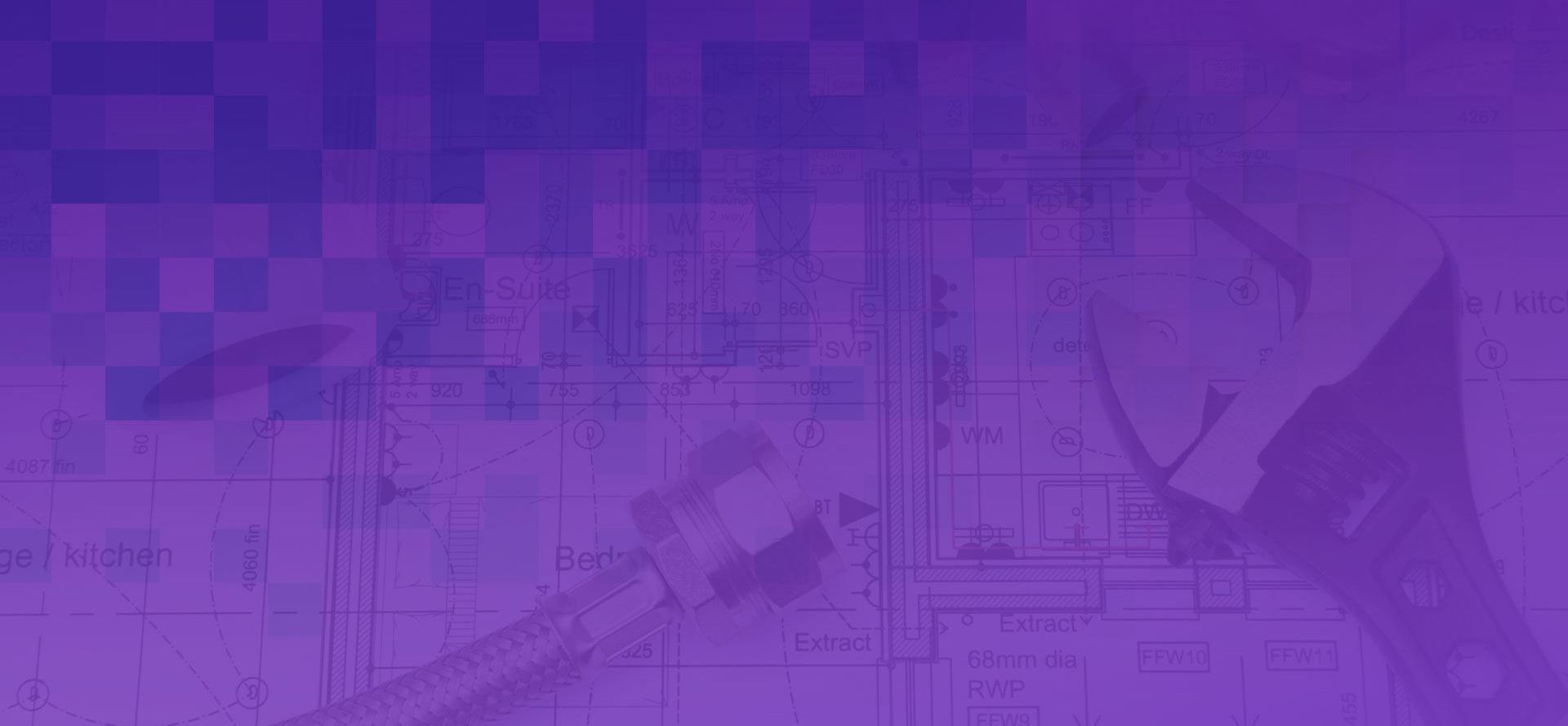What’s the one thing that homeowners can experience that they will often do little about? The answer is water leaks.
With all the things that homeowners may focus on, a leak in the plumbing tends to rate low on the list of priorities. We’re going to explain why that could be a mistake, and how you should handle the situation instead.
Take Heed of this Warning
In some ways, a leak is like your home and plumbing giving you a sign to address a small problem now, rather than a much larger, more expensive issue further down the line.
Even without the looming threat of a big crisis to your home, a leak may already be costing you money. A leak in a typical home can waste around 2,000 to 20,000 gallons of water on an annual basis.
You may never be seeing that water in your laundry, shower, or taps, but you still pay for it every month when your bill comes in.
And if the leak grows and leads to a bigger problem, you pay even more.
Trace the Problem
Some people will have an easy time finding their leak because it is located on a faucet, so there’s no searching to be done. Often in those cases, there’s little extensive repair work required either.
A good tightening with a wrench may be all that’s needed to put the issue at rest.
On other occasions, things may not be so easy.
If you can hear a leak, but don’t know where it is, there will be more investigative work required.
The leak may still be in a fixture, such as your toilet or water heater.
It may also, however, be in the plumbing itself, either the water pipes that run to your taps and tubs or in the sewage lines that carry waste away from your home.
Inspect both in the areas where you have access, and keep an eye out for early, telltale signs of water damage in walls and ceilings where plumbing may be.
Take the Initiative
It’s always easy to respond to a crisis once things have hit the emergency stage, such as a burst sewage pipe wreaking havoc in a home.
Of course, most people would prefer things not get to that stage at all, and there are things homeowners can do to prevent this.
Making a habit of occasionally inspecting the accessible pipes and other plumbing can lead to the early discovery of these issues when they're still small and manageable.
Taking care of your pipes is also a good way to head off these problems.
For example, while you may enjoy high water pressure in your taps for showers, that might not be good for your pipes.
Higher pressure puts a strain on your pipes that can shorten their lifespan and hasten a break.
Switching to a lower pressure can increase your pipe’s durability.
